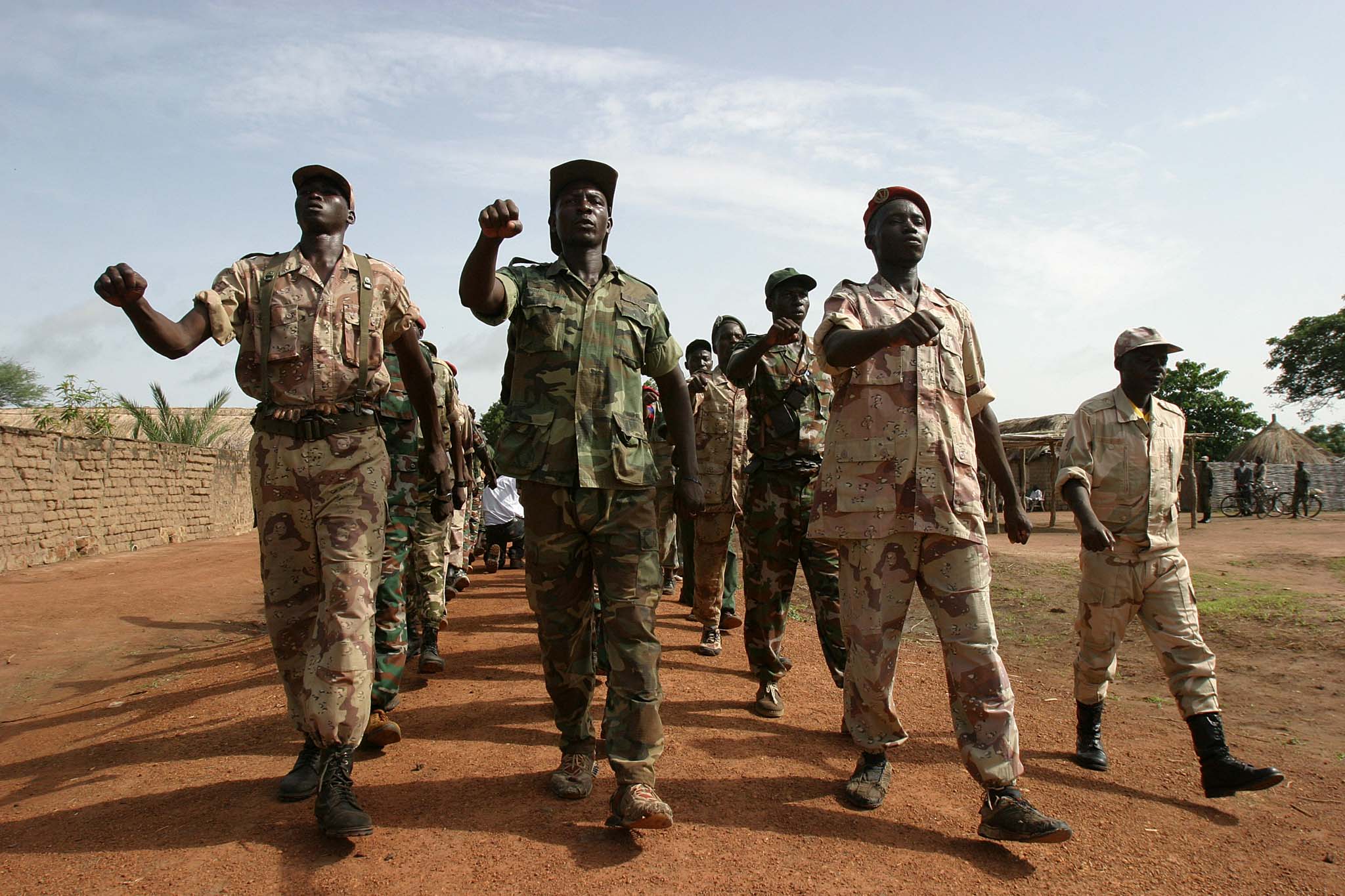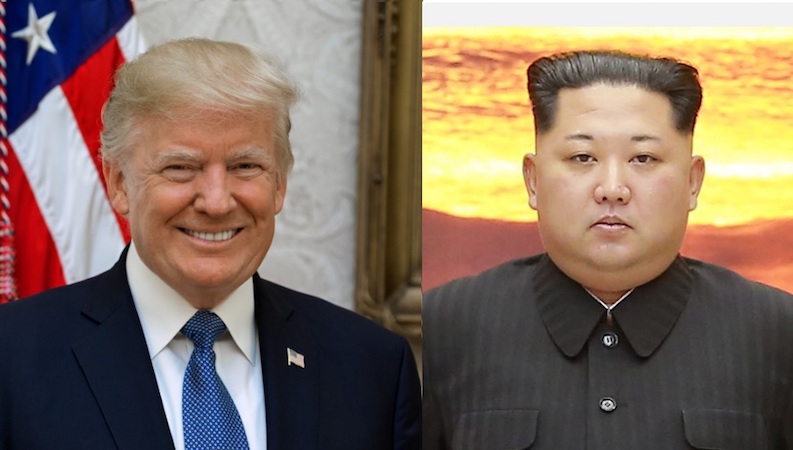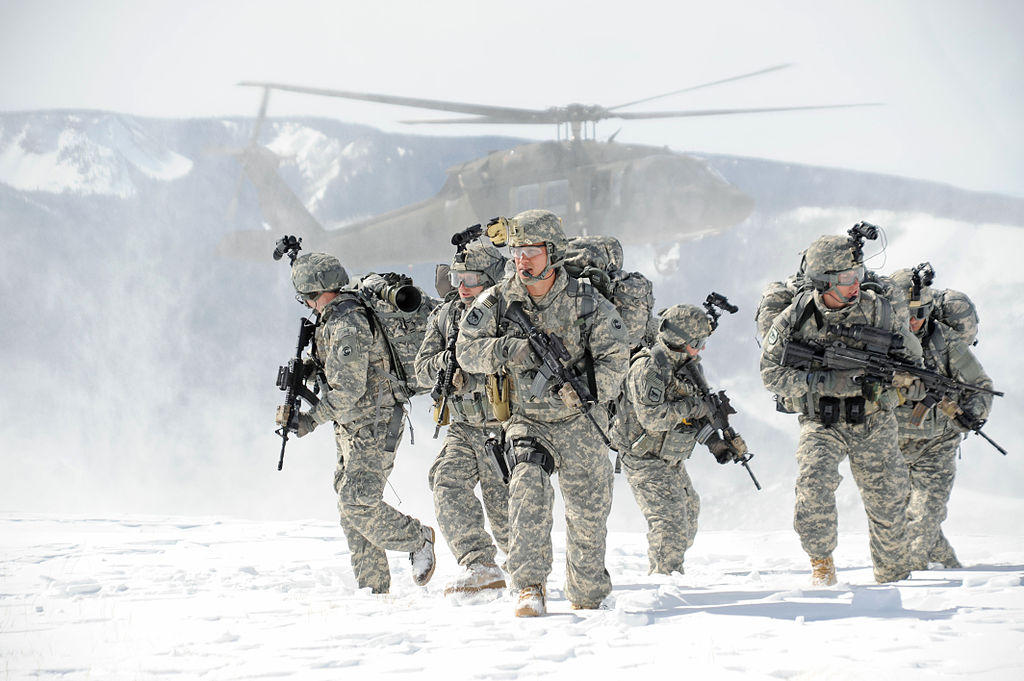New levels of violence have been reached in the Central African Republic’s civil war. After a year of fighting between government forces and the Séléka rebels, reports emerged in February 2014 that Christian militias, known as the Anti-Balaka, had committed several atrocities against Muslim civilians in the country. Normally resistant to outside intervention, even the Republic of Chad has formally requested that the United Nations deploy an international peacekeeping mission to CAR. In 2013, Chad contributed 1,800 troops to the African-led International Support Mission to Mali, and so the country may be starting to experience its own form of intervention fatigue.
“Though CAR is admittedly half the geographic size of Mali, the force deployed to date is evidently not a significant enough presence to restore order.”

Chad’s call for a UN peacekeeping mission might leave one with the impression that the international community has been lagging on the CAR crisis. But it is important to note that there is already a considerable troop presence on the ground. Deployed in December 2013, the African-led International Support Mission to the Central African Republic (MISCA) is the African Union’s response to the conflict, comprising some 3,000 soldiers. Rwanda is an important contributor to MISCA, providing more than 800 troops in an effort to ensure the Lord’s Resistance Army, a regional menace, is not able to exploit CAR’s instability to rebuild itself.
MISCA is in addition to the small but long-standing Central African Multinational Force (FOMAC) deployed by the Economic Community of Central African States (ECCAS) in response to a previous conflict in CAR. This force includes troops from Gabon, Chad, Cameroon, Congo Republic, and Equatorial Guinea, encompassing some 500 soldiers. However, it is unclear whether official figures for MISCA also count those troops originally deployed as part of FOMAC. As the situation within CAR escalated, the ECCAS and AU forces effectively merged.
Other forces are also present to assist in restoring stability to CAR. In 2013, a detachment of 200 South Africans fought hard to repel Séléka advancing on the capital of Bangui. Despite being well-equipped and well-trained, the South African forces suffered 13 casualties in the combat that ensued in March 2013. France is leading in contributions to stabilization efforts in CAR, sending 1,600 troops. A small European Union force – EUFOR RCA – was authorized in February 2014 to ensure Bangui remains safe for civilians. This contingent will comprise 500 soldiers from various EU member states, though the majority is expected to come from France.
Once EUFOR RCA arrives in Bangui, the total international contribution to CAR stabilization efforts will be approximately 5,800 soldiers, assuming FOMAC’s modest contribution is not accounted for in the figures for MISCA. This is an admittedly smaller response by the international community than was seen in Mali. AFISMA consisted of 7,000 troops and France deployed an additional force of 3,000 to contend with Islamist and Tuareg rebels in that Sahelian country. Though CAR is admittedly half the geographic size of Mali, the force deployed to date is evidently not a significant enough presence to restore order.
A possible explanation for the relatively small size of FOMAC and MISCA as compared to AFISMA is the lack of major military powers in the Central African region. In West Africa, Nigeria is an important player with impressive military capabilities. As such, Nigeria could be counted on to provide 1,200 troops to the mission in Mali. In Central Africa, the closest any country comes to playing the role of regional hegemon is Chad. But, as was previously mentioned, the Chadian government is contending with intervention fatigue. The deployment of a sizable Chadian force as part of FOMAC or MISCA might also deepen the instability in CAR rather than improve the security situation. Many Anti-Balaka rebels believe that Chad supported the Séléka insurgency and that their northern neighbour has ambitions to subordinate CAR as a protectorate. As such, a leading role for Chad in the CAR intervention would be a risky proposition indeed.
It may fall to France to pick up the slack. As the French force in CAR is half the size of that deployed to Mali in 2013, it certainly follows that there is more France could do to put an end to the sectarian conflict. Also, no other country will be able to fulfill this role of topping up the force presence in CAR unless strategic airlift can be made available to transport Nigerian troops from West Africa to the heart of the continent – a logistical nightmare. Transforming FOMAC and MISCA into a full UN peacekeeping mission will not solve this problem either as the increase in troops will not likely be seen for many months to come. To put a stop to the killing now, French officials will need to take CAR as seriously as they did Mali.




